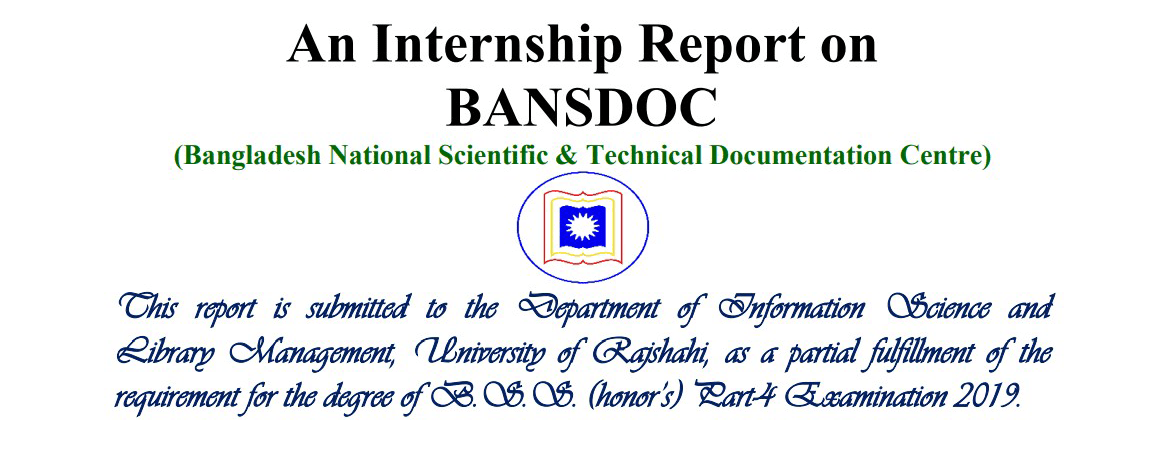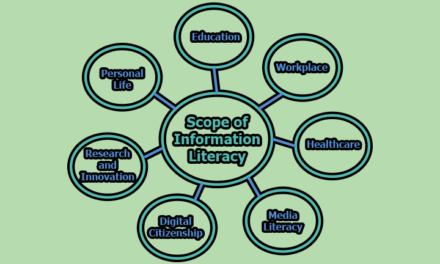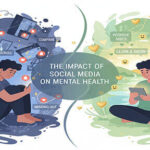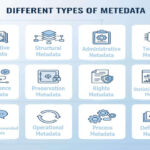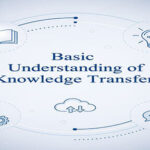Digital Library:
A digital library is a specialized library that can include a centralized collection of digital objects, including texts, visual materials, audio materials, video materials, files stored as electronic media formats, and ways to organize, store, and recover media. Digital libraries can vary immensely in size and scope and can be maintained with individuals, organizations, or established physical library buildings or institutions with approved or academic institutions. The electronic content may be stored locally or accessed remotely via computer networks. An electronic library is a type of data retrieval system.
Advantages of Digital Library:
- Digital Library needs no physical boundary, you can get access to information whole over the world through the internet connection.
- It can be accessed at any time, 24/7.
- Same resources can be used at the same time by a lot of users which is called multiple access.
- It provides the right to use much richer content in a more structured manner i.e. you can easily move from one particular catalog to another particular chapter.
- An exact copy of the original can be made multiple times without any waste in quality.
- It does not need much more space because digital information requires very little physical space to contain them.
- One digital library can create a link to any other resources of other digital libraries in a very convenient way.
- The maintenance cost of a digital library is cheaper than a traditional library.
- It gives user-friendly interfaces, giving clickable access to its resources.
Disadvantages of Digital Library:
- Digitization violates the copyright law as the thought content of one author can be freely transferred by others without his acknowledgement.
- High initial cost.
- Digital library needs high bandwidth network for transfer of multimedia resources.
- With the larger volume of digital information, finding the right material for a specific task becomes increasingly difficult.
- A Digital library cannot reproduce the environment of a traditional library.
Components of Digital Library:
Digital objects: The actual content of digital libraries is made up of a number of digital objects. In some cases, these may be thought of as data sets such as a table of results, the genomic information for an individual. In others, they will be multimedia information, such as an image, graphic, animation, sound, musical performance, or video. Many can be thought of as documents, which carry content in some structure or structures, perhaps made up of logical or physical divisions such as sections or pages. Some of the objects will be “born digital”, such as this paper, while others may be representations of some physical object (such as a painting that is shown through a digital image) that result from some type of digitization process. Into the foreseeable future, digital libraries will be hybrid constructs, where paper, microforms, and other media carry much of the content that is of interest and only the metadata is in digital form.
Metadata: Digital objects are described, structured, summarized, managed, and otherwise manipulated in surrogate form through the use of “metadata”, which literally means data about data. Three types are often distinguished: descriptive, structural, and administrative. Metadata is usually produced through a process called “cataloging” that is often carried out by trained librarians. Collections of such information are commonly stored in “catalogs”. In computerized environments, metadata may be automatically or semi-automatically extracted or derived from the original content, or the “full-text” may simply be indexed and searched without involving metadata (as happens on the WWW when search engines are employed). Nevertheless, if metadata is available and can be used along with content terms derived from full-text documents, the result is even better. Similarly, if only metadata is available in the computer form to describe a digital object, it must be used in digital libraries. Hence, metadata should be used when available in a digital library and is an important aspect in many such systems.
Repositories and Harvesting: Digital libraries as containing a collection of digital objects (DO), each of which has one or more sets of metadata objects (MDO) associated. This “repository” part of a digital library may, as is the case in the Open Archives Initiative, follow certain conventions. In particular, according to the latest specifications, an “Open Archive” (OA) is a computer system with a WWW server that behaves according to an OA protocol to allow other computers to harvest metadata from it. That protocol supports requests to, for example:
- List what types of metadata format are present,
- List what structure of sets and subsets are used to organize or partition the content,
- Disseminate or return a particular MDO, or
- List URIs (unique identifiers) for all MDOs added during a particular date range.
Rights Management: involves a number of steps.
- The digital library should include policies and rules specifying the management required.
- The users of the digital library should be authenticated in some way so they are known.
- The content of the digital library should be shown to be authentic.
- Payment should be made if access requires that in a particular case.
- Users who are authorized to access a DO are allowed to do so.
- Subsequent access with the DO may take place after retrieval to a user’s site.
Indexing, Resource Discovery, Searching, and Retrieving: Indexes may be centralized or distributed. They may be two-level, allowing a resource discovery phase to proceed to find what source(s) should be included in the second (lower) level search. Indexes also may have multiple parts, such as when a document has a text, image, audio, or video part. Content-based indexing of multimedia information generally involves identifying and assessing features that characterize the DOs, whether they involve concepts, n-grams, words, keywords, descriptors, phonemes, textures, color histograms, eigenvalues, links, or user ratings.
Most commonly, searching in a digital library involves an information retrieval (IR) system or search engine. In some cases, a database management system is used instead of or underlies the IR system. In any case, retrieval will be more effective if a suitable scheme is used to combine the various types of evidence available, to indicate if a DO might be relevant with respect to the query that is used to express the user’s information need.
Linking, Annotating, and Browsing: Once a DO is found, it often is appropriate to follow links from it to cited works. Further, notes can be recorded as annotations and linked back to the works, so they can be recalled later or shared with colleagues as part of collaborative activities. If suitable clustering is in place, other DOs that are “near” a given work may be examined. Or, using a classification system appropriate for the content domain, users may browse around in “concept space” and link at any point between concepts and related DOs. Browsing also can proceed based on any of the elements in the MDO. Thus, dates, locations, publishers, contributing artists, language, and other aspects may be considered to explore the collection or refine a search.
Interfaces and Interaction: Ultimately, users will connect through a human-computer interface and interact with the digital library, though in some cases the digital library may be an embedded system that is seen only indirectly (e.g., through a word processor that allows one to search for a quotation). Most commonly, a digital library has an interface for users to search, browse, follow links, retrieve, and read documents.
Architectures and Interconnecting: Since the field of digital libraries is young, there still is an active investigation regarding architecture, interconnection, and interoperability. To simplify matters, several interconnection strategies have been explored. At Stanford, a bus approach has been used. Mediation code “wrap” around various collections or resources to make suitable conversions to representations supported by the bus and the other services connected to it.
Reference:
Fox, E. A. (2001). Overview of Digital Library Components and Developments. Semantic Scholar.

Library Lecturer at Nurul Amin Degree College


